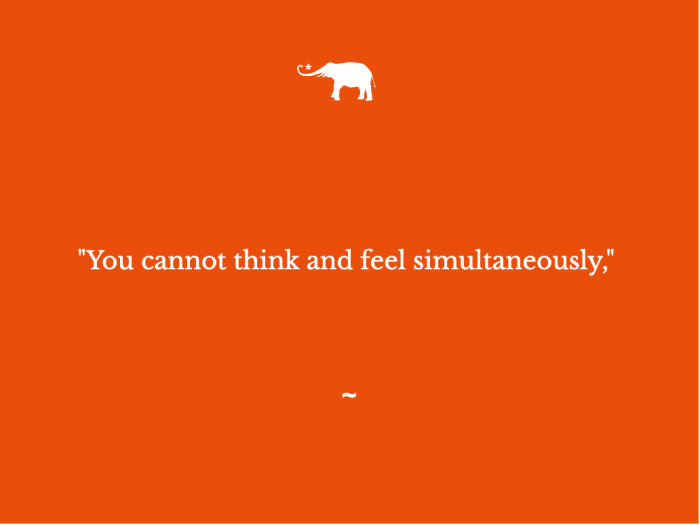“A risque article, given the name of this platform” – Me
The Artist’s Way
Two years ago on a coastal road trip, I entered a dusty, second-hand book and record store and was solicited by a large book. Staring at me squarely from its prime, eye-level shelf position, it beckoned at me, seducing me over. I was enchanted.
That particular book was The Artist’s Way, the cult classic handbook for unleashing one’s stifled creative powers. Popular with struggling creative types for nearly 40 years now, the book offers a series of prompts and exercises that promise to get one’s creative juices flowing.
A poster child for the struggling creative at that time, I took to The Artists Way like a duck to water, dutifully completing each of the daily and weekly modules as if my life depended on it.
One of the prescribed activities is the Morning Pages, three pages of unstructured writing to be completed each morning. The pages are supposed to be a purge for one’s negative emotions, worries, and neuroses. By releasing these, the writer is freed creatively, or so the theory goes.
These pages were helpful, at first. They helped me solidify my desire to move abroad and generally felt like a positive release for some pent-up thoughts and resentments. I enjoyed the sense of ritual that the pages provided me each morning, as I sat down to write them with a honey tea.
However, as time went on, I noticed a diminishing return on my efforts each dawn. I seemed to be fixating, ruminating, and stressing, often returning, on a loop to the same issues and neuroses, over and over, with no noticeable forward progress.
At this time, I began to meet others in the same predicament. Two women on a Vipassana meditation retreat shared the exact same concern; they too had done the Artist’s way, they too were loyal in their pages, yet felt that they were becoming more unhelpful than helpful.
We needed another way.
My Theory
Around this time, I started to branch out into learning other strategies for emotional self-regulation.
I came to understand that some people have a particularly strong resistance to feeling their own bodily sensations. Often caused by trauma, this mind/body split causes individuals to label their feelings such as stress, fear, or anger as bad, and subconsciously avoid them at all costs.
This can manifest in a variety of distraction-based strategies; substance or alcohol use, overuse of phones and social media, or, in my case, overuse of the pen and the page.
I had no idea how to sit with my body and feel the uncomfortable feelings within it. It felt overwhelming, and simply just unsafe. I could write about them endlessly because this kept them at a safe distance, and allowed me to feel that I was dealing with them productively, when in reality I was stuck in a loop of emotional procrastination.
You Cannot Think and Feel Simultaneously
A game changer has come for me in the form of the realization that thinking and feeling occur on different planes, or like a light switch. If one is on, and the other is off, they cannot be activated simultaneously.
If you doubt me, try it. Start by feeling the sensations entire your whole body, or just in an isolated part; i.e, the hands. Allow your entire attention to rest there, noticing the waves of sensation as they surge, rise, and fall.
I’ll bet that you were not thinking during this time, that you were not caught up in internal narratives, strategizing, or rumination.
The Body Wants To Be Touched By The Mind
It is funny that it has taken me a whole 24 years to understand that emotions, including uncomfortable ones, are meant to be felt, and not pushed to the side.
To think that we go through an entire primary, secondary, and often tertiary education without ever encountering this information is staggering, but hey…
Better late than never.
 Share on bsky
Share on bsky



Read 0 comments and reply